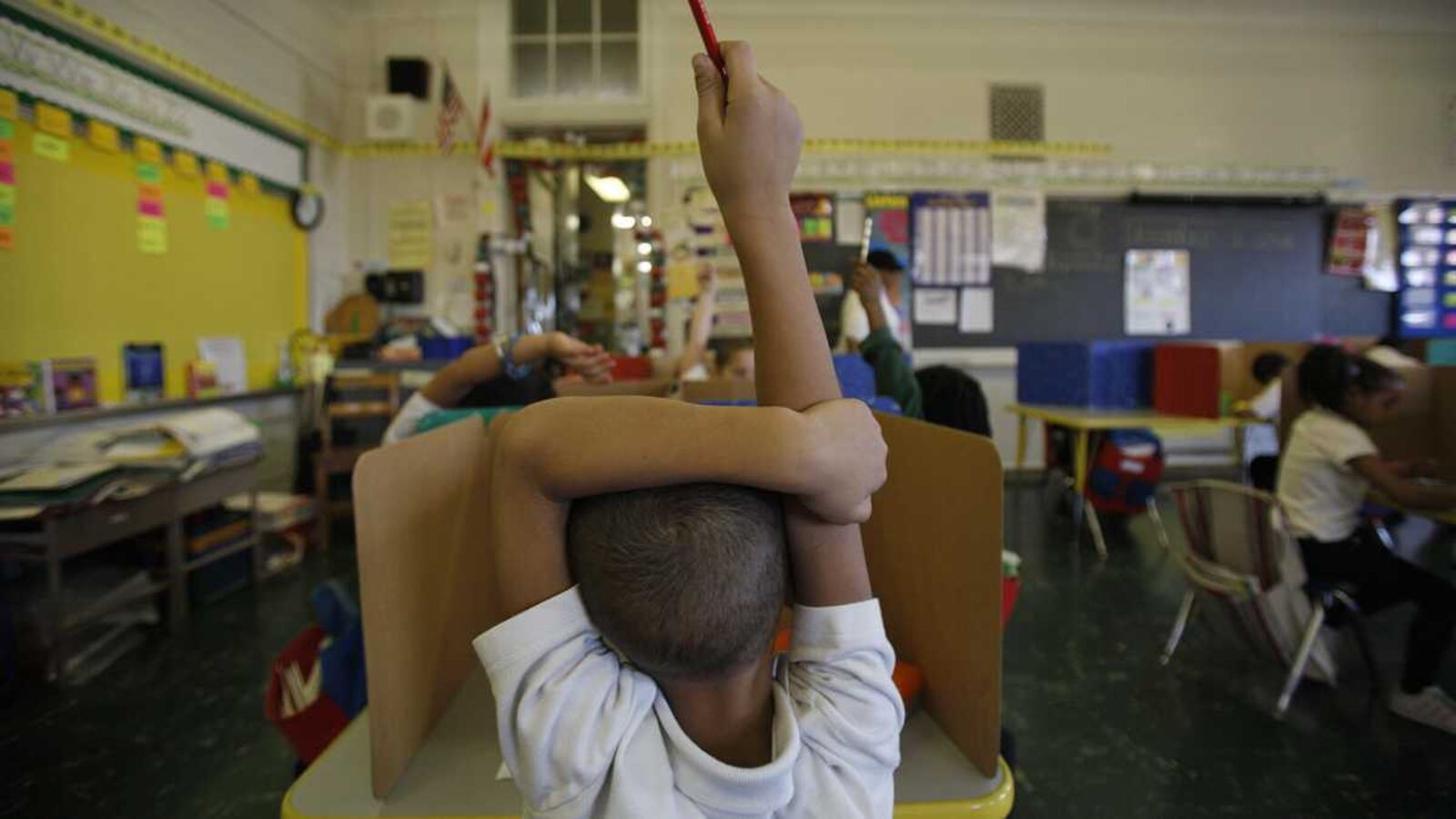This article was originally published in The Notebook. In August 2020, The Notebook became Chalkbeat Philadelphia.
Your browser does not support the audio tag.
Philadelphia’s public education strategy rests heavily on offering a wide variety of schools and school operators from which families can choose. At first glance, having these rich options seems like a no-brainer.
But closer examination reveals anything but a simple picture. People who care about public education in Philadelphia are grappling with the complexities created by this approach, which is known as the portfolio model.
Meditations on this subject lead to an essential question:
How should the city evaluate a system that can give parents better options, but that causes systemic instability, leads to the pain of routine school closures, and sometimes leaves neighborhoods without a comprehensive school tasked with serving all students?
Students displaced
The 2014-15 school year brought this question into sharp focus as the city saw sudden mid-year school closures, immediately followed by debate about additional school openings.
In December, two low-performing charter schools – Walter Palmer Leadership Learning Partners and Wakisha – ran out of money and closed suddenly just before the winter break.
This displaced more than 1,500 students and left parents and guardians in a nightmarish scramble to find another option.
At a time when students should have been sharing stories of their holiday break with their friends, they were instead adjusting to an entirely new set of classmates and teachers.
About 50 of the affected families opted to send their kids to Dunbar Elementary, which is in the midst of Temple University’s campus.
At a ceremony Dunbar held in January to welcome displaced students, Lisa Hill described how the upheaval affected her grandson. He had been an 8th grader at Wakisha Charter, which closed abruptly after years of fiscal mismanagement.
"It’s a mess," she said. "They have to start all over – meeting the friends and meeting the teachers again. It makes it kind of difficult on the kids."
Although the situation represents an extreme, this sort of instability is nothing new to Philadelphia.
In fact, it has become an inherent part of the city’s public education landscape, as city, state and District leaders have embraced the portfolio model over the last dozen years or so.
Parents can now choose from a diverse array of public school options – including neighborhood schools, citywide-admission charters, cyber schools, District-run magnets, or other boutique District schools.
Without doubt, this model has extended lifelines to those parents who are dissatisfied with the public school in their neighborhood.
But with greater school choice has come greater fiscal and organizational complexity. More schools and more school operators, each with its own bureaucratic infrastructure, have been asked to serve roughly the same number of children.
To make the finances work, something has to give.
So when new buildings open, the added costs come out of the pockets of the remainder of the District’s schools.
Eventually those inefficiencies lead, indirectly, to the closing of other schools. The city’s educational landscape tilts, and the system hopes the pain to communities of shuttering schools is worth it in the long run.
‘No school wanted him’
An integral feature of the portfolio model is that it trusts a variety of school operators to both serve the needs of children and to act as stewards of public dollars.
In theory, the District’s charter office would act as a robust watchdog for the public interest in these two ways, but, in reality, the office struggles to do more than the bare minimum because of chronic understaffing.
This has been especially true in the years since former Gov. Tom Corbett eliminated the budget item that reimbursed districts for the added costs of charter schools.
Gov. Wolf hopes to restore this funding. In the meantime, the state continues to take a pass on supporting the added burden of the more complex model that it encouraged with the passage of the charter law.
Over the last five years, as charter enrollment has almost doubled, the District’s charter office has been slashed in half. Now just six employees oversee 84 schools serving 62,500 children.
The School Reform Commission is also often hampered by rules at the state level that make intervening or closing charter schools exponentially more difficult than doing so at District schools. This has proved frustrating as some of the charters have fallen drastically short of expectations.
This was the case at Walter Palmer Charter, which had operated two different campuses in the city. The severely low-performing school closed in December after being embroiled in a years-long legal dispute with the District over enrollment caps.
That battle had dragged through the courts for years, until May 2014, when the state Supreme Court sided with the District. The court ruled that Palmer needed to abide by an agreement it signed in 2005 that capped enrollment at 675 kids.

